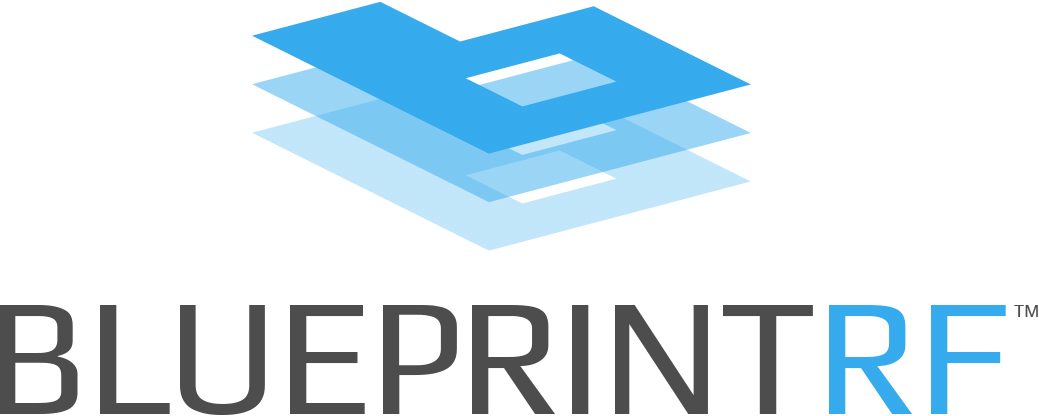Simply put, change can be both daunting and difficult. Most people prefer to maintain their existing habits and comfort zones versus venturing into unknown territory.
Organizational change comes with a unique share of challenges. Opting to change one’s personal life is very different from embracing top-down change in the workplace. Resistance to organizational change occurs due to employees not having a choice, which triggers feelings of lost control and uncertainty.
Resistance to change in the workplace can manifest itself in many ways. Absenteeism, missed deadlines, failed commitments, and a general sense of apathy are all common indicators that members of an organization are not fully invested.
To combat these problems, organization leaders must identify where resistance is most likely to occur and devise a game plan to prevent it. In doing so, specific strategies are proven effective in helping organizations overcome unproductive resistance to change.
1. Listen to Employee Concerns
The first strategy in overcoming resistance to organizational change is rooted in communication. Communication is critical — which most entrepreneurs and leaders already know. However, try letting the employees of the organization initiate the conversation. People want their voices to be heard, and allowing them to share their perspectives can help alleviate frustration and confusion over the situation.
Your employees’ thoughts, concerns, and suggestions will prove invaluable in steering your initiative for change and the overarching sentiment behind it. At the very least, firmly understanding your employees’ perspectives will help you better understand the premise of their resistance to change.
2. Define and Communicate Reasons for Change
The next strategy to overcome resistance to change is defining the why, what, and how behind the change and communicating this to employees. Leaders must develop a communication strategy that involves more than just telling employees what’s expected of them. This strategy should segment and target each department or employee audience, focusing on what they care about and need to know.
According to employee engagement trends in the U.S., almost one-third of employees don’t understand why changes are occurring. This underscores the importance of clearly defining reasons for change as well as communicating the intention behind it. In doing so, emphasis should be placed on why change will ultimately benefit employees in the long run.
3. Build Excitement
The way you communicate anticipated change in the workplace has a tremendous impact on how much resistance will arise. When leaders passionately and wholeheartedly share the need for change, their conviction can be positively contagious. In turn, the organization can holistically build excitement and optimistic sentiment for change. Conversely, any apprehension can undermine and hinder effective change.
4. Prioritize Employees
Change can only occur if your team is on board, so it’s essential to prioritize your employees’ interests and incentives. If you’re implementing a new process or workflow — plan your project through the perspective of employee adoption rather than overly focusing on the system itself. Think not just about what the new method can do. Instead, think about what employees can do with the help of this new workflow. Putting employees first and establishing alignment is the foundation for trust, which is crucial to organizational change.
5. Delegate Change
A powerful top-down strategy is to fight resistance with culture. Inspirational leaders establish a company culture that makes overcoming resistance a vital part of change management and not a separate corporate function. Start by training team members who are natural leaders in the organization. They will serve as influential role models for the rest of your employees, which can profoundly affect the organization.
6. Leverage Data
While resistance to change in the workplace is typically an emotional response, it can be helpful to leverage logical facts and data as a supplementary strategy. Encourage your employees to see the data for themselves. This is an effective way to show transparency and demonstrate the need for improvement simultaneously.
7. Implement Change in Phases
Any sort of transformation in the workplace doesn’t occur overnight. There’s significant preparation leading up to the change, along with a great deal of anticipation and participation from employees at all levels. Implementing change in phases can help employees adopt new ways of working one step at a time.
A longer, more strategic rollout is almost always the best avenue compared to a radical shift in direction. Not only does gradual rollout allow employees to adapt to the change, but it gives leaders a chance to answer questions and address any issues well in advance.
Overcoming the Inevitable
In short, leaders should anticipate resistance to organizational change. Research has shown that resistance to change is a psychological and physiological reaction. Overcoming resistance to change demands empathizing with why people resist change first, then identifying the causes of their resistance.
Having a deeper understanding of the emotional effects of change is an essential first step. With better self-awareness and social awareness, leaders and managers can inspire and influence change.
This post is part of BlueprintRF’s entrepreneur series, a collection of articles intended to equip business owners and executives with the tools, information, and resources they need to thrive in the hospitality industry.









